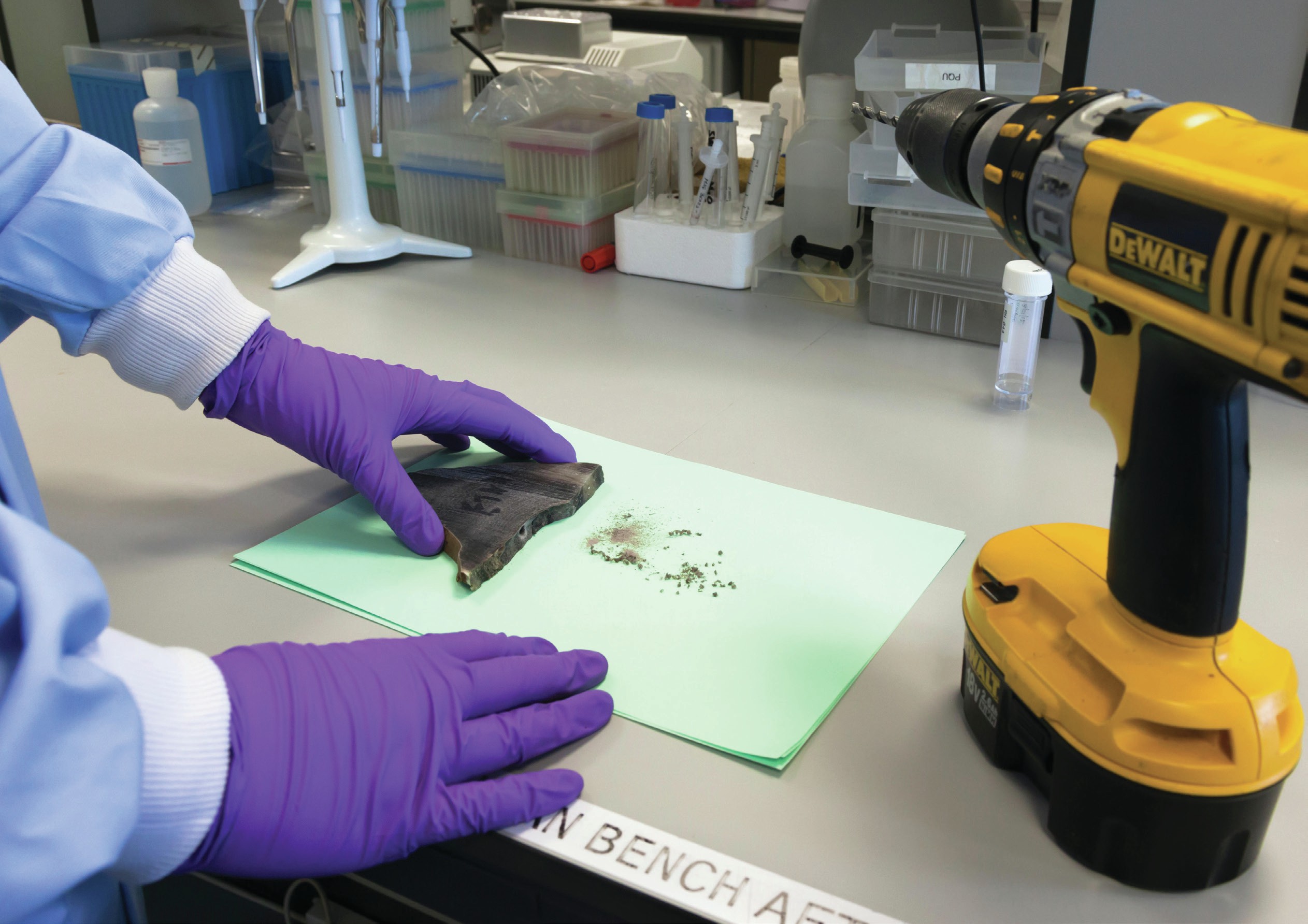
Wildlife crime DNA evidence Wildlife forensic science Species identification DNA profiling
The analysis of human DNA evidence has revolutionised how crimes are investigated. Potential suspects can be linked to crime scenes via their blood, hair and even traces of their sweat. Humans are not the only organisms that leave DNA evidence behind. However, until recently, tools to analyse non-human DNA evidence were not available to investigators.
Your organisation does not have access to this article.
Sign up today to give your students the edge they need to achieve their best grades with subject expertise
Subscribe




